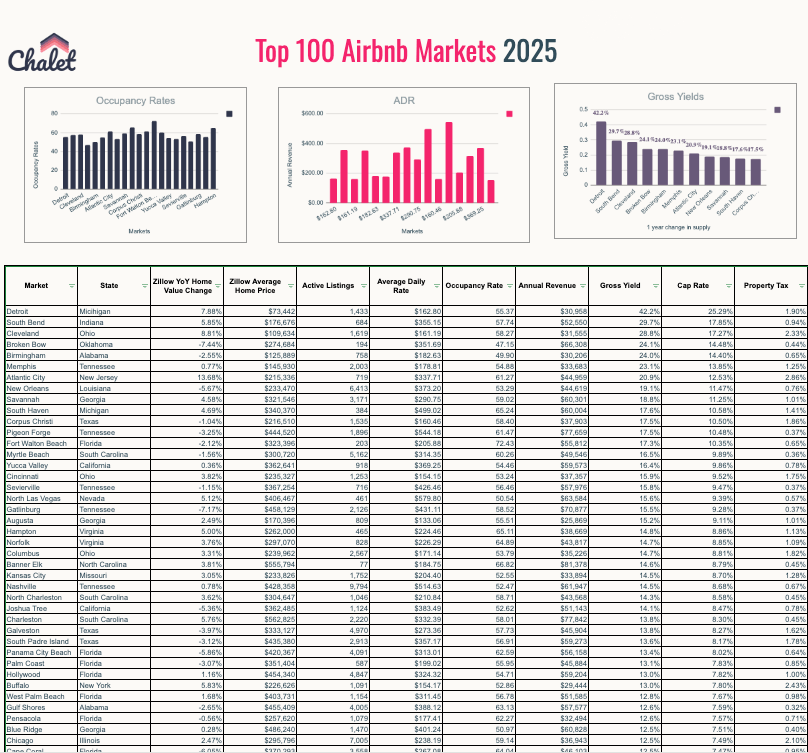As we continue to navigate the changes in the housing and travel market post-pandemic, one trend is becoming increasingly clear: mid-term rentals are on the rise. Once a niche segment, they have been gaining traction in the national rental market[1]. Let’s delve into why this is happening, what it means for property owners, and who the target audience for mid-term rentals is.
Mid-Term vs Short-Term Rentals: The Changing Landscape
Traditionally, the rental market was divided between short-term rentals and long-term rentals. Short-term rentals, popularized by platforms like Airbnb and Vrbo, were typically occupied for less than a month, catering to tourists or short-term visitors. On the other hand, long-term rentals were marked by annual leases, providing a home for tenants for a year or more.
Enter the mid-term rentals: these are typically rented for a fixed term of 1 to 12 months, with the most common duration being 3 to 6 months[1]. The rise in mid-term rentals has been accelerated by the shift to remote work and the consequent flexibility in housing needs. An increase in long stays on platforms like Airbnb supports this trend, with stays of 28 days or more becoming the fastest-growing category in 2022[3].
In contrast, short-term rentals were also quite profitable in 2021, with an occupancy rate of 62%[2]. The short-term rental market is expected to grow by 15% in 2022[9]. However, the unique benefits of mid-term rentals, such as higher revenue potential than traditional rentals without the high turnover of a vacation rental[6], can’t be ignored.
The Ideal Places for Mid-Term Rentals
While mid-term rentals are available nationwide, certain cities are emerging as medium-term rental hot spots[1]. These include locations with a high concentration of digital nomads, cities with major universities, or locations undergoing significant economic growth or development. However, my knowledge cutoff is up to September 2021, and for the most up-to-date hot spots, you would need to refer to the latest resources like the Stessa blog post[1] or other real estate analysis platforms.







